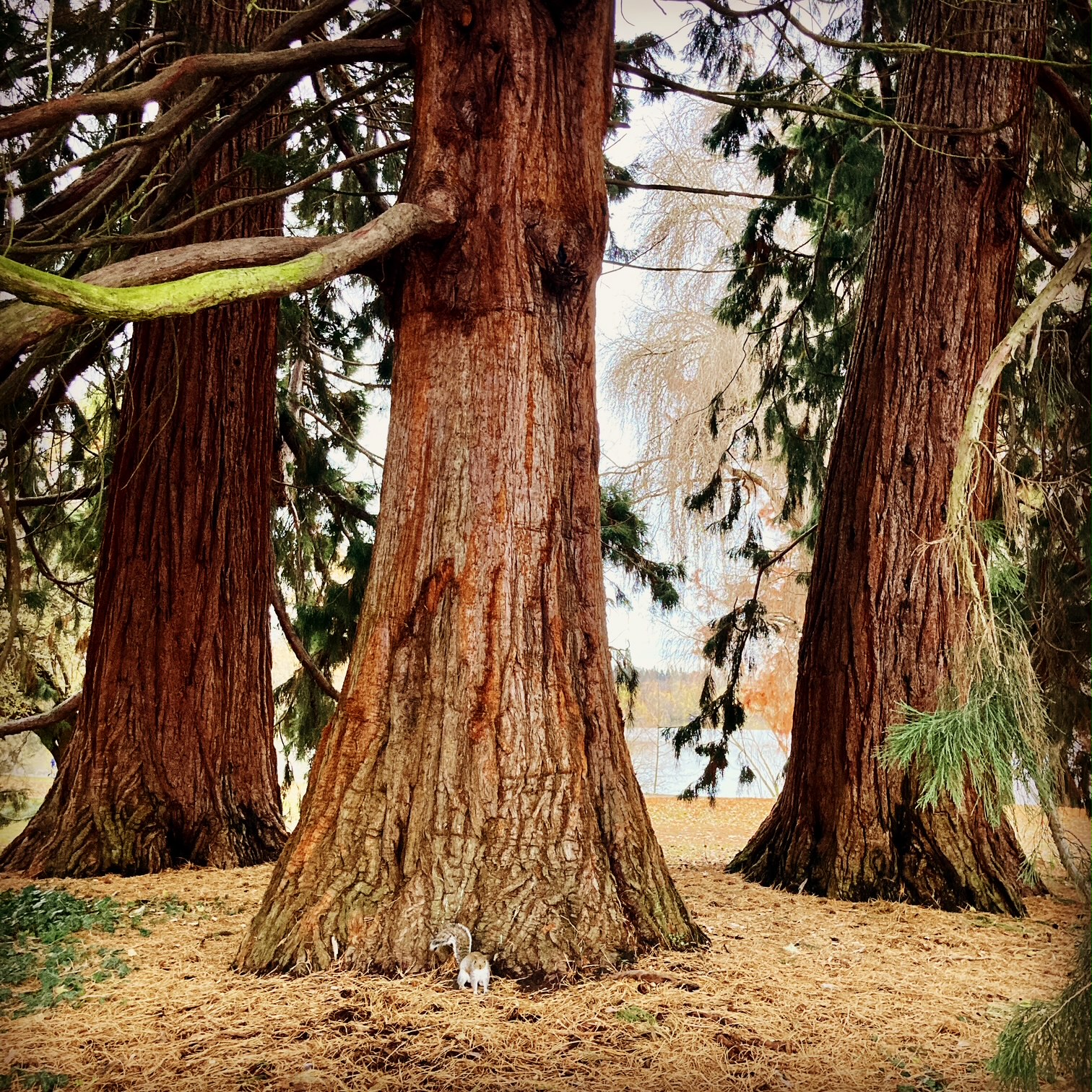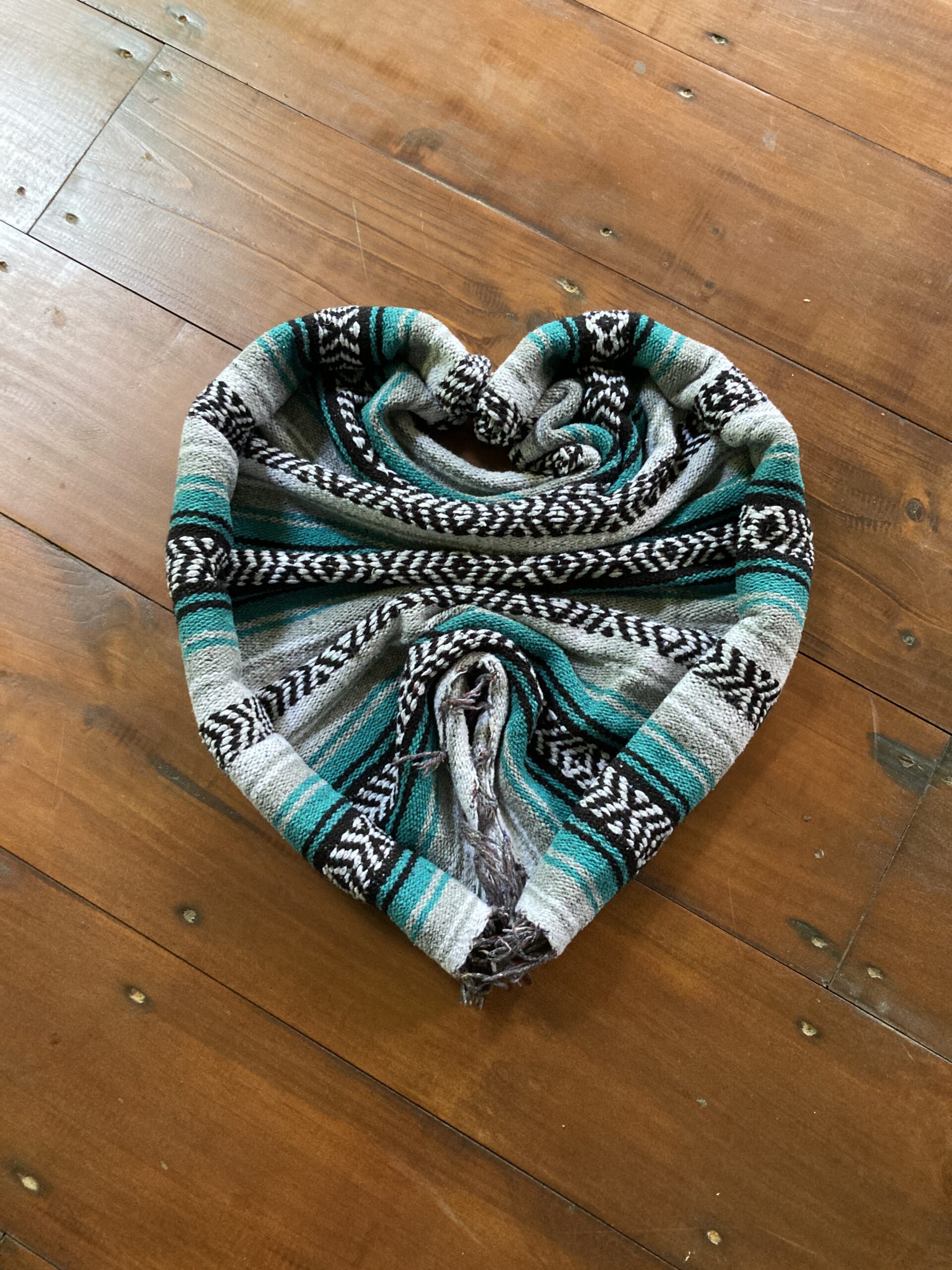We logged on miles yesterday walking around Tokyo to see various areas of the city. We started out by taking the subway to Higashi Ginza, right by the Kabuki Theater. I took this photo from a poster..it seemed so very lifelike to me! In the past, Rick and I attended a Kabuki play. The plays can last for hours and are very slow moving, especially because it is nearly impossible to understand what is being said in their stylized manner of speaking. Our friend’s bother was a Kabuki actor and we got to go backstage to meet him after the play. All Kabuki actors are men. The actor we met always played a female role and he had a special dressing room and toilet area set apart from the male actors who played male roles. He was removing his makeup when we saw him and was still in character/acting mode.

We next went to Asakusa, also known as “Old Tokyo” to see Senso-ji Temple. This 7th century temple is Tokyo’s oldest and most beloved temple. It was destroyed in WWII and was reconstructed after the war. It draws 30 million visitors every year. The temple also has shrines within the complex. It is devoted to Kannon, a Bodhisattva known for her compassion. Praying to Kannon is said to bring relief to suffering.
History and Origin of Senso-ji
Early in the morning of March 18, 628, when the capital of Japan was Asuka (present-day Nara Prefecture), two fishermen, Hinokuma Hamanari and his brother Takenari, were fishing in the Sumida River. Suddenly sensing something, they pulled up their net to find a statue of Bodhisattva Kannon. When Haji-no-Nakatomo, village headman of Asakusa, heard about this, he immediately realized that the object was a statue of the important Buddhist deity Bodhisattva Kannon. Taking vows as a Buddhist priest and remaking his home into a temple, he spent the rest of his life in devotion to Bodhisattva Kannon.
In 645, renowned Buddhist priest Shokai Shonin built Kannondo Hall upon visiting the Asakusa district during his travels. Following a revelation he received in a dream, Shokai decided that the image should be hidden from human view, and this tradition has remained in place ever since.
Asakusa began as an obscure fishing village along an estuary of Tokyo Bay, part of the vast wilderness of the area known as Musashi. The district later thrived as people arrived in increasing numbers to worship. When Ennin (794-864), the highest-ranking priest of Enryaku-ji (head temple of the Tendai School of Buddhism) visited Senso-ji in the mid-ninth century, he created a statue identical to the hidden one that could be viewed and worshipped by the people.
During the Kamakura period (1192-1333), the shoguns, who held the true power in Japan during this time, demonstrated great devotion to Senso-ji. Gradually, other historically prominent figures including military commanders and the literati came to follow their example. Enjoying the protection of these illustrious individuals, the temple buildings were refined. During the Edo period (1603-1867), first Edo shogun Tokugawa Ieyasu deemed Senso-ji the temple where prayers for the aspirations of the shogunate would be offered. As a result the buildings were imbued with still greater dignity, and the temple complex flourished as the center of Edo (present-day Tokyo) culture.

Above: here we are at Senso-ji

Senso-ji

HOLY SMOKE! The woman to the left of this photo had a wad of money. She was putting each bill, one by one, over the holy smoke and waving it around. I thought she was purifying her money. Someone in our group (who was it?) suggested she was preparing to hit a casino and gamble!

People come up to the Holy Smoke and wave it towards their faces and bodies for purification and blessings.

We had an incredible buffet lunch at MUSASHI. From the restaurant, we had a bird’s eye view of the Tokyo Sky Tree and the Senso-ji Temple below.
Next we went to Kappabashi Kitchen Street, a street filled with all sorts of kitchen wares. The most interesting part about this street is all the plastic food displays for sale. Here is what I found out about the plastic food that looks very real:
Restaurants in Japan often display mouth watering food in their windows – sushi, noodles, burgers, soup, and ice cream. But they are not meant for eating, no matter how good they look, because they are made of plastic. These food replicas are surprisingly realistic, and restaurants display them so potential customers can see at a glance what is on the chef’s menu before stepping inside an eatery. The practice is less of a novelty and more of a necessity especially for tourists since restaurants in Japan print menus only in Japanese. They’re also a convenient way to order. Rather than trying to figure out the correct Japanese translation, customers can simply point at the display window.
The food models, called sampuru, started appearing in Japan nearly a hundred year ago, in 1917. In the beginning they were used merely for decorations at home, just like artificial house plants of the time. It wasn’t until a few years later, when a Tokyo restaurant decided to use it to attract customers, that the idea started taking off. Fake food on display meant more business, and that still holds true today. It does away with the guesswork and the need to use your imagination when looking at a menu. The food replicas show you exactly what you’ll get in terms of shape, size and color, and that means they have to be hand crafted from real food samples. A single restaurant can spend as many as a million yen (USD $8,500) on plastic replicas.
 Plastic food! Or Food that never goes bad. These are placed outside of restaurants to lure people in.
Plastic food! Or Food that never goes bad. These are placed outside of restaurants to lure people in.

Ice-Cream that will never melt: Plastic food displays
While walking around Kappabashi Kitchen Street, we saw many children dressed up on cute, very cute, Halloween costumes. Halloween is a fairly new celebration here. Kids dress up as princesses and sword fighters. Dressed up children and their mothers were everywhere, even though Halloween is still a few days away.


Next stop was Nippori Textile District. This is also known as Fabric Town. There are shops where old kimonos are sold for men and women. This is the place to buy your yukata, cotton kimono. There is a one kilometer road of fabrics.
And the grand finale was the 300 year old Tofu Restaurant, Sasa no Yuki. This restaurant opened its doors in the Edo period, and continue to serve signature tofu dishes. The tofu is made fresh every morning with water from the shop’s very own well! I wish I had been hungrier and able to appreciate the various foods served. It was a 10 course meal, with a variety of tofu dishes served at each course. Who knew tofu could be silky like cream, thick as custard, ground like hamburger meat, whipped into something like a mayonnaise dressing, or turned into ice cream
What I learned is that long ago in Japan, tofu used to be only for shogun, monks, and imperial family consumption. It was forbidden to be eaten, along with white rice, for the common people.

x






